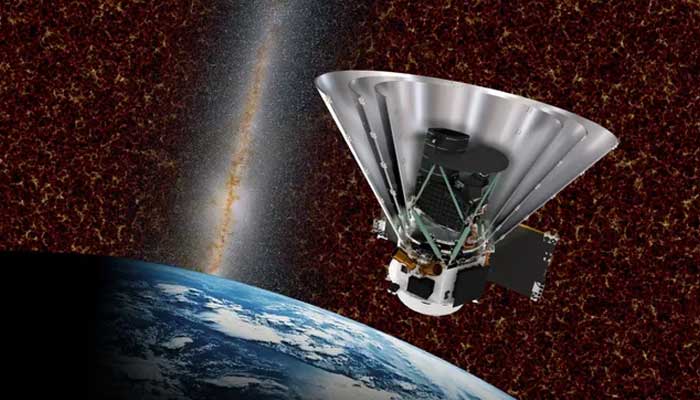NASA's Europa Clipper Mission to Jupiter's Icy Moon

NASA's Europa Clipper mission has successfully embarked on a journey to Jupiter's icy moon, Europa, in search of life. The mission, which was launched using a SpaceX Falcon Heavy rocket from Florida, is expected to take approximately 5.5 years to reach its destination. The spacecraft is equipped with a range of scientific instruments, including cameras, a spectrograph, radar, and a magnetometer, to study the moon's habitability. The mission aims to determine if Europa contains the necessary ingredients for life to exist. With a cost of $5 billion, the mission is a significant undertaking for NASA, but it has the potential to revolutionize our understanding of the moon and the possibility of life beyond Earth. The spacecraft is set to arrive at Europa in April 2030 and will provide valuable insights into the moon's subsurface ocean, which is believed to be in contact with the moon's rocky interior, making it a potential candidate for supporting life.
Science>

Nasa launching new space telescope which may be better than JWST
published 320 days ago

NASA Spacecraft Embarks on Daring Journey to the Sun
published 357 days ago

Arctic Emissions Exceed Carbon Storage: Climate Change Impacts Worsen
published 374 days ago

Chinese Scientists Develop Climate-Resistant Potatoes to Combat Global Warming
published 383 days ago

Ancient Human Species Coexistence Revealed by Fossil Footprints
published 386 days ago

Scientists Discover Highest Energy Cosmic Ray Electrons Ever Seen
published 389 days ago
News Sources
Reader Comments
Science>

Nasa launching new space telescope which may be better than JWST
published 320 days ago

NASA Spacecraft Embarks on Daring Journey to the Sun
published 357 days ago

Arctic Emissions Exceed Carbon Storage: Climate Change Impacts Worsen
published 374 days ago

Chinese Scientists Develop Climate-Resistant Potatoes to Combat Global Warming
published 383 days ago

Ancient Human Species Coexistence Revealed by Fossil Footprints
published 386 days ago

Scientists Discover Highest Energy Cosmic Ray Electrons Ever Seen
published 389 days ago
1737372268-0/meghan-(6)1737372268-0.jpg)

_updates.jpg)





_updates.jpg)